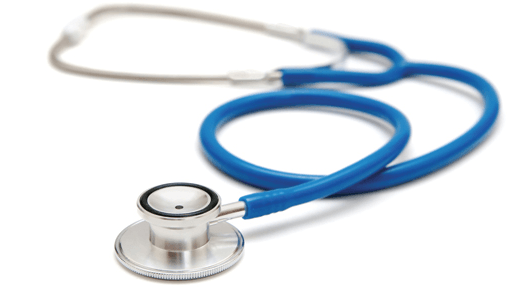
Rheumatic diseases affect your joints and muscles. Some, like osteoarthritis, are the result of wear and tear. Others, such as rheumatoid arthritis, are immune system problems.
Your treatment plan will likely include medications, regular exercise, a healthy diet, stress management, and rest.
A doctor who specializes in these conditions, called a rheumatologist, can help you find the best ways to manage your condition.
Years ago, conditions like this fell under the broad heading of rheumatism. Now there are more than 100 distinct rheumatic diseases. Get to know the most common ones.
Osteoarthritis (OA)
Osteoarthritis damages cartilage, the cushiony material on the end of bones. As it wears down, joints hurt and it becomes harder to move. It usually affects the knees, hips, lower back, neck, fingers, and feet.
Symptoms:
Pain
Swelling
Warmth
Stiffness
Muscle weakness can make joints unstable. Depending on what parts of the body it affects, OA can make it hard to walk, grip objects, dress, comb hair, or sit.
Diagnosis: Your doctor will ask about your medical history and symptoms. You'll also get a physical exam. You may also need to get blood tests or let your doctor take a sample of fluid from an affected joint.
Usually by the time someone with OA seeks treatment, there are changes visible on an X-ray of the joint. The X-ray may show narrowing of the joint space or the presence of bone spurs. In some cases, MRI (magnetic resonance imaging) may be done.
Rheumatoid Arthritis (RA)
RA happens when the immune system attacks your own tissues and causes joint pain, swelling, and stiffness. It's not part of normal aging.
Symptoms:
Pain and swelling in multiple joints (usually the same joints on both sides of your body, like both wrists or both ankles)
Problems in other organs such as eyes and lungs
Joint stiffness, especially in the morning
Fatigue
Lumps called rheumatoid nodules
Diagnosis: You'll get a checkup and tell your doctor about your health history. You may need X-rays, blood tests, and samples of your joint fluid.
Lupus
Lupus (also called SLE or systemic lupus erythematosus) is an autoimmune disease. It can affect many organs in your body.
Symptoms:
Joint pain
Fatigue
Joint stiffness
Rashes, including a "butterfly" rash across the cheeks
Sun sensitivity
Hair loss
Blue or white fingers or toes when exposed to cold (called Raynaud's phenomenon)
Problems in other organs such as the kidneys
Blood disorders, such as anaemia and low levels of white blood cells or platelets
Chest pain from inflammation of the lining of the heart or lungs
Seizures or strokes
Diagnosis: Your doctor will ask about your medical history, do a physical exam, and order lab tests of blood and urine samples. One blood test is the antinuclear antibody test (ANA). Most people with lupus have a positive ANA blood test.
Ankylosing Spondylitis
Ankylosing spondylitis usually starts gradually as lower back pain. It usually involves the joints where the spine attaches to the pelvis, known as the sacroiliac joints.
Ankylosing spondylitis is more common in young men, especially from the teenage years to age 30.
Symptoms:
Gradual pain in the lower back and buttocks
Lower back pain that worsens and works its way up the spine
Pain felt between the shoulder blades and in the neck
Pain and stiffness in the back, especially at rest and when getting up
Pain and stiffness get better after activity
Pain in the middle back and then upper back and neck (after 5-10 years)
If the condition worsens, your spine may become stiffer. It may become hard to bend for everyday activities.
Diagnosis: Your doctor will give you a physical exam and ask you about your medical history. You may get X-rays of your back, looking at the sacroiliac joints. A blood test for a protein called HLA-B27 may help confirm a diagnosis.
Sjogren's Syndrome
What it is: Sjogren's syndrome causes parts of your body to dry out, like the eyes or mouth. Some people also have RA and lupus. Others just have Sjogren's. The cause is unknown, but it happens when your immune system attacks those body parts. It's more common in women than men.
Symptoms:
Dry eyes (the glands in eyes don't make enough tears)
Eye irritation and burning
Dry mouth (the glands in mouth do not make enough saliva)
Tooth decay, gum disease, or thrush
Swollen glands on the sides of the face
Joint pain and stiffness (rarely)
Internal organ diseases (rarely)
Diagnosis: Your doctor will do a physical exam and ask about your medical history. You may also get other tests. To confirm the diagnosis, your doctor may do a biopsy, taking tissue from your inner lip to check in a lab.
Read Full Story














Facebook
Twitter
Pinterest
Instagram
Google+
YouTube
LinkedIn
RSS